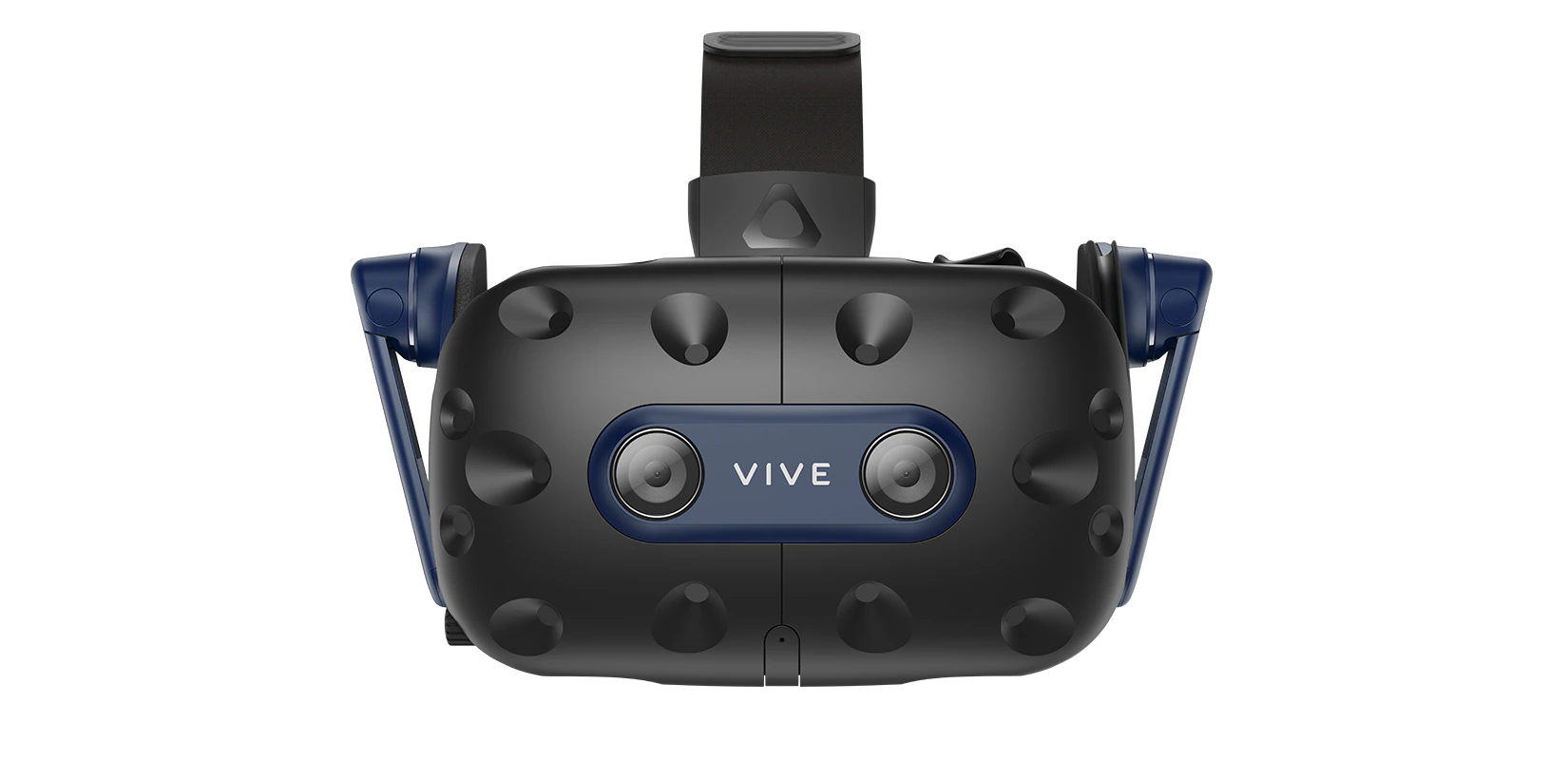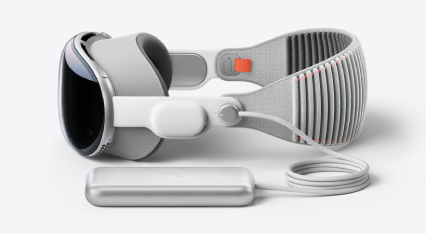
Snapshot
Overview
Ever since the launch of the first commercial VR headsets in 2015, there has been a steady rise in the adoption of Virtual Reality in Architecture and Design firms globally. One of the challenges in this period for Architects has been to keep up with the pace of changes in technology - especially figuring out hardware that fits their design workflow and budget. In our article on how to get started with Virtual Reality for Architecture & Design, we talked about the broad themes that one needs to consider when implementing VR at your design firm.
In this article, we are going to go deep into the topic of VR Headsets for Architecture and design firms - especially businesses looking to get started with the technology. As with most technology decisions, there is no one-size-fits-all solution to this question. However, some questions can lead you to procure the right headset for your needs. Before that, let's try and understand the broad categories of VR headsets in the market today.
The two categories of VR headsets for Architecture & Design
While there are multiple commercial VR headsets in the market today with different price points and feature sets, they can be broadly categorized into two types:
1) Tethered to a PC
Simply put, these headsets require to be connected to a PC to work. Windows PCs ( Macs are not compatible here) are typically powerful and have better resolutions but also cost more than wireless headsets. The leading headsets in this space are the HP Reverb G2, Varjo XR 4, HTC XR Elite & Valve Index. The Oculus Rift S was an important part of this ecosystem till the decision to phase it out was announced by Facebook in 2020. Typical price points for these headsets lie between USD 599 to USD 1,199. Being tethered to a PC enables these headsets to run large models while limiting the mobility of using them beyond office spaces where they have been installed along with the PC.
A quick comparison of PC-based VR headsets
| HP | Varjo | HTC | Valve |
Model | ||||
Price (Amazon) | $599 | $3990 | $1099 | $999 |
Resolution | 2160 * 2160 | 3840 * 3744 | 1920*1920 | 1440*1600 |
Field of View | 114° | 115° | 110° | 130 |
HTC Vive Pro
2) Standalone Headset
Unlike tethered VR headsets, these headsets come with a built-in processor and can run without any additional hardware. This is a very useful feature to enable mobility and travel with the VR headset. With cloud-collaboration software like SENTIO VR that enables accessing designs from anywhere using access codes and immersive meeting capabilities, users can leverage this characteristic of standalone headsets to work together on a design review or a client presentation remotely. The leading headset in this space is the Meta Quest 2 (USD $199) with a large ecosystem of software available for Architects and designers. Another notable headset in this space is the Pico 4.
The latest launch, Meta Quest 3 has led to a significant rise in interest and usage from the professionals across Design and Construction industry globally at Sentio VR for use cases like Design reviews, client presentation and real-time collaboration.
Just like Meta, the recent launch of New Apple Vision Pro has redefined all the standards the way professionals in the design and construction industry work together and collaborate.
| Meta Quest 2 | Meta Quest Pro | Pico 4E | Meta Quest 3 | Apple Vision Pro |
Price | $199 | $999 | $425 | $499 | $3499 |
Resolution | 1832 x 1920 per eye | 2160 x 2160 per eye | 4320 x 2160 | 2064 x 2208 per eye | Approx. 3400 x 3400 per eye |
Availability | Available | Available | Available | Available | Available |
Things to consider before purchasing VR headsets for the AEC industry
1. Price: What is your budget for hardware and software costs involved?
Most Small & Medium businesses in our experience initiate their VR implementation by buying 1-2 headsets for their design teams. This helps them to test out the workflows for their business before rolling out the technology across all projects/teams. Are you planning to do this at a small scale first & then scale up? Or are you planning an Enterprise-level deployment that will need to manage the software deployment and user management for multiple users? This is an important question to consider as:
Hardware costs can be different for enterprise features. For example, the Meta Quest headsets have three different options from $199 USD to $999 USD with different performance, resolution, and hardware specifications.
Software pricing typically scales with a higher number of users using the platform, check out Sentio VR pricing suitable according to your headsets and editors
There is a separate cost associated with device management platforms like ArborXR & ManageXR. We have a detailed guide about MDM solutions that will help you make an informed decision according to your company's needs.
Our recommendation is to run a pilot test with a small budget to test your business’ ideal workflow for VR presentations. By purchasing 3-5 Meta Quest 2 headsets at a price point of USD $199, you will be able to evaluate the benefits of using VR quickly and plan a budget for more company-wide adoption.
2. Wired or wireless: Do you want to have a wireless VR system or a tethered one?
As discussed above, the benefit of a tethered VR headset is primarily the ability to process heavier models (more than 2 million polygons is a good benchmark) and photorealistic resolutions using custom development from Unity or Unreal. If your team prioritizes this requirement, the tethered headsets can be a viable option.
However, wireless headsets are getting better in resolution and performance with every new update. Additionally, headsets in the Meta ecosystem have an option to support PC-based VR apps using the Airlink feature which brings the best of both worlds in a single hardware.
Our recommendation is to choose a standalone VR headset for most use cases related to design reviews and client presentations - unless your requirements are extremely specific to performance that only tethered headsets can deliver.
3. Use case: What kind of 3D content are you planning to showcase in VR?
Broadly, use cases can fall into three categories: design reviews, client presentations, and collaboration.
Client presentations: By bringing in high-quality photorealistic renders from Enscape, Lumion, V-Ray, Twinmotion, and other tools using 360 tour software like Sentio, you can transport your clients inside your designs using a wireless VR headset. A combination of speed and quality can be achieved on headsets like Quest 2 at a fraction of the prices of tethered VR headsets, which works well with both monoscopic and stereoscopic panoramas.
Design Reviews: Using plugins from modeling software like SketchUp & Revit, 3D designs can be easily imported into a VR headset for conceptual design reviews. While wireless headsets may face limitations in this use case, especially for very complex models ( 2 million polygons is a good benchmark), you can always use options like Airlink to support these experiences on headsets by Meta.
Real-time Collaboration: Multi-user VR meetings are a great way to get real-time feedback and review without the need to travel or do screen sharing on a flat screen. In order to have this experience, the key lies in the choice of software that you are using so that you can enable these experiences on the headset. For example, Sentio's multi-user VR collaboration works seamlessly on the Meta Quest 2, Pro, and Meta Quest 3.
Conclusion
In summary, the data on VR headset adoption across the globe and in Architecture suggests that wireless VR headsets will dominate the adoption across consumer and enterprise use cases. Therefore, building your workflow around this segment of headsets is the proper approach in the medium to long term. However, there are specific use cases that we mentioned above that merit evaluating tethered VR headsets. From the perspective of SENTIO VR, A product globally adopted by Design and construction professionals, we can certainly recommend that the Meta Quest 2 and Meta Quest 3 stand out in terms of capabilities, costs & ease of use in the spectrum of VR headsets for Architects in 2024.
If you are interested in trying out immersive design reviews and client presentations, Sign up today for a
14 days free trial.


















